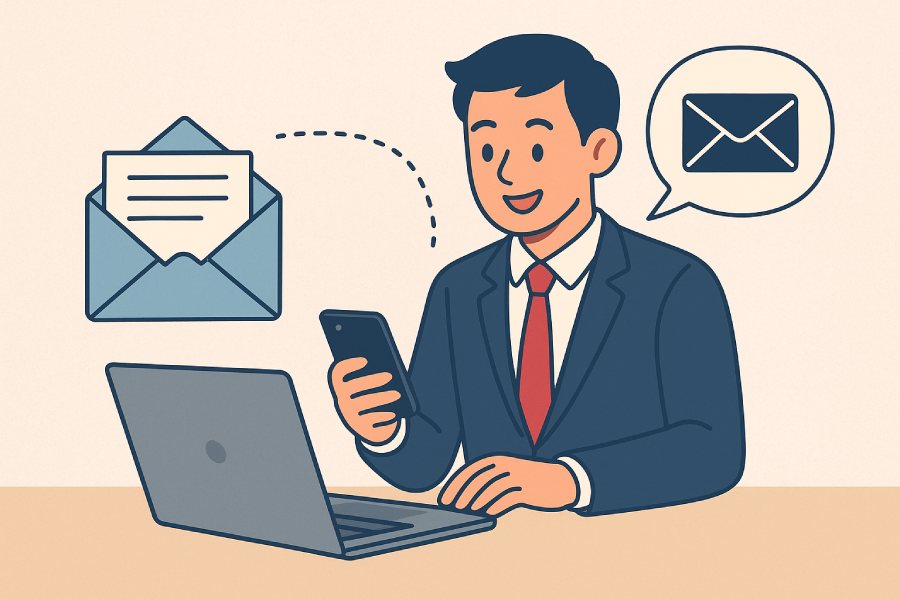The Ultimate Guide On How To Follow Up On A Cold Email In 2025
Following up on a cold email in 2025 is more strategic than ever. With smarter inbox filters and AI-assisted outreach tools, your approach needs to be thoughtful, timely, and personalized. A well-crafted follow-up can turn silence into opportunity and boost your response rates dramatically. In this guide, we’ll explore the most effective ways to follow up without sounding pushy. Let’s uncover how to master the art of modern cold email follow-ups that actually get replies.
Understanding the Importance of Following Up on Cold Emails
In the evolving landscape of outbound sales and cold email prospecting, the role of follow-up emails cannot be overstated. According to follow-up statistics from recent sales campaigns, the majority of sales prospects do not respond to the initial cold outreach — making sales follow-up a critical component of any successful email outreach campaign. Research consistently underscores that persistence, when applied thoughtfully, dramatically improves email response rates and overall lead generation outcomes.
Christine Georghiou, a recognized expert in email campaign optimization, emphasizes the role of follow-up cadence in increasing reply rates by nurturing prospect engagement through timely, relevant email touchpoints. Without effective follow-up strategies, your cold email risks becoming just another unopened message buried in an email promotions tab or worse, lost to email spam filtering.
Follow-up emails serve as gentle reminders that reinforce your email value, engage prospects more deeply, and significantly improve reply rates and email deliverability by encouraging ongoing email interaction. Moreover, poorly managed follow-ups can lead to email annoyance and damage to your email inbox placement. Thus, understanding the delicate balance between persistence and respect for email etiquette is essential.
Leaders in the field like Steli Efti have shared proven frameworks that integrate follow-up automation with manual follow-up practices, ensuring a personalized yet efficient approach that respects the prospect’s reaction while maintaining high email engagement.

When and How Often to Follow Up: Timing Strategies for 2025
The timing and frequency of follow-ups are pivotal in maximizing your cold email campaign’s impact without crossing into counterproductive email annoyance. The email sequence timing must be strategic—too frequent, and you risk being flagged as spam; too sparse, and you might miss vital windows of prospect interest.
According to the Sales Email Frequency Guide by Pelican.io, an optimal follow-up number typically ranges between three and five, spaced using a multichannel sales cadence to combine email outreach with other touchpoints like LinkedIn messages or phone calls. The first follow-up generally performs best when sent 2-3 days after the initial cold email, reinforcing your opening message while the lead is still warm.
Subsequent follow-up emails can then be spread at increasing intervals, such as one week, two weeks, and one month, adapting dynamically based on email engagement and response. Tools like Woodpecker and Yesware offer automated follow-up tools that allow sales teams to program follow-up automation with precise timing controls, incorporating A/B testing capabilities to enhance the email response rate through data-driven optimization.
Regular email testing of follow-up cadence and frequency can reveal the prospect’s ideal engagement windows, fine-tuning your follow-up strategy to target the most receptive periods.
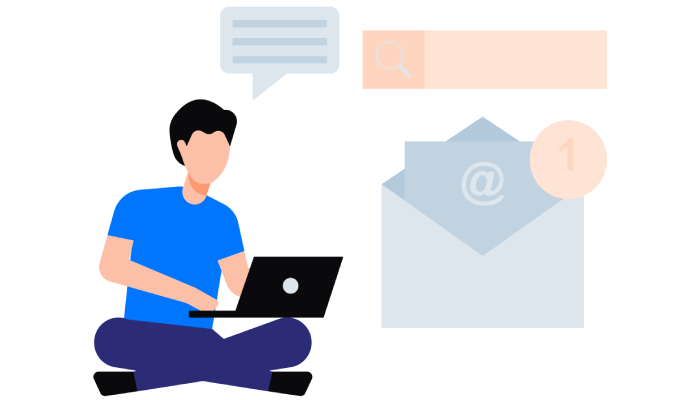
Crafting the Perfect Follow-Up Subject Line
An effective email subject line in your follow-up email is arguably the gateway to high email engagement and improved reply rates. The subject line must be compelling, respectful, and personalized enough to break through the noise of a crowded inbox.
Christine Georghiou’s insights on cold email subject lines suggest employing subject line examples that are concise, evoke curiosity, or appeal to the prospect’s pain points. Avoiding overused phrases listed in “Cold Email Cliches” is crucial to prevent triggering email spam filters and to keep your message out of that dreaded email promotions tab. Instead of generic subjects like “Following up,” consider more engaging alternatives like “Quick question about [Prospect Company]” or “Thought you might find this relevant.”
Pelican.io’s data-driven approaches show that subject lines working in tandem with your email follow-up template can significantly increase email open rates. Incorporating a subtle call to action in the subject line—such as “Your thoughts?” or “Is this still relevant?”—can prompt curiosity and encourage the prospect to open the email and continue the dialogue.

Personalization Techniques to Increase Response Rates
Personalized email outreach remains the gold standard for boosting reply rates. Generic messages, especially in cold outreach, are becoming increasingly less effective as prospects grow more discerning and email spam filtering techniques improve.
The key to a personalized email is to go beyond basic data like the recipient’s name and company. Drawing from Outbound Prospect List research and insights from Elliot Bell and Cathy, effective personalization can include referencing specific business challenges, recent company milestones, or mutual connections. Customizing your email messaging to reflect the prospect’s industry context or pain points elevates the perceived email value and differentiates your sales email from mass automated sequences.
Using email follow-up templates with customization tokens or employing automated follow-up tools from Yesware or Woodpecker can streamline this process, maintaining personalization at scale. Additionally, personalized follow-up often includes modifying the call to action based on previous email interactions—for example, if the prospect showed initial interest but did not reply, your follow-up could offer a new piece of relevant content or a different meeting time.
Continuous email testing of these variations helps determine which elements resonate most effectively. The Muse and 52Challenges emphasize the importance of adapting your personalization techniques dynamically, responding to subtle clues from the prospect’s previous email responses or lack thereof.

Writing Concise and Engaging Follow-Up Email Copy
A critical aspect of effective follow-up is the email copy itself: it needs to be concise, engaging, and clear in its purpose. Prolonged or overly complex messages risk turning off sales prospects or getting lost in busy inboxes, whereas overly brief emails may fail to communicate sufficient email value.
Elliot Bell, an expert in outbound sales, recommends structuring follow-up emails around a clear, reader-centric framework: start by referencing your previous email (the opening message), briefly restate the value or problem addressed, and end with a strong call to action. The call to action should be simple and actionable—something like “Can we schedule a 10-minute chat this week?” or “Would it help to share a case study?”
Furthermore, maintaining an engaging tone consistent with professional email etiquette is vital. Avoid sounding pushy or repetitive; instead, focus on empathy and the prospect’s needs to prevent follow-up mistakes that could lead to email spam complaints or unsubscriptions. Cathy from Pelican.io stresses the importance of balancing email persistence with respect, recommending that follow-ups include new information or insights to sustain prospect engagement rather than merely repeating earlier points.
Using an email follow-up template as a baseline can help maintain consistency, while allowing customization based on prospect behavior. Combining manual follow-up with automated follow-up tools allows sales teams to add that human touch, providing nuanced responses while benefiting from the efficiency of automation.
In summary, by carefully understanding follow-up frequency, utilizing persuasive subject lines, employing advanced personalization techniques, and crafting compelling email messaging, sales professionals can significantly improve their sales email effectiveness in 2025. Leveraging modern tools like Woodpecker, Yesware, and Pelican.io, alongside best practices from leaders such as Steli Efti and Elliot Bell, ensures that your cold email follow-up strategy remains a cornerstone of successful lead generation and outbound sales campaigns.
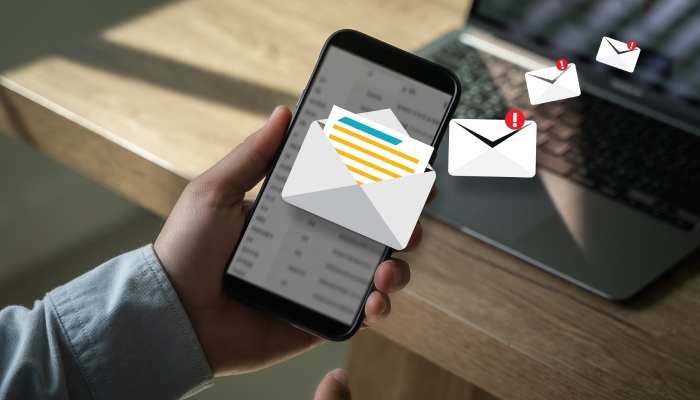
Leveraging AI Tools to Optimize Follow-Up Messages
The integration of AI tools into email outreach campaigns has transformed how sales teams approach follow-up emails. Platforms like Woodpecker and Pelican.io provide sophisticated AI-driven features that enhance email deliverability, personalization, and timing, all crucial to boosting reply rates. AI algorithms analyze a sales prospect’s previous interactions and engagement patterns to craft a tailored opening message, increasing the perceived email value and improving prospect engagement.
Christine Georghiou, a recognized expert in outbound sales, emphasizes that AI-powered email testing and A/B testing capabilities enable marketers to identify the most effective subject line examples and email messaging variants quickly. These tools also help reduce human error in manual follow-up processes and mitigate email annoyance, which can otherwise lead to higher email spam filtering.
By automating routine follow-up tasks, AI solutions allow sales teams to maintain optimal follow-up frequency and timing without overwhelming the prospect’s inbox, preserving a positive prospect’s reaction and enhancing overall email response rates.
Using Multi-Channel Follow-Up Approaches (Email, LinkedIn, etc.)
Relying solely on email in your follow-up strategy can limit your outreach effectiveness. Incorporating multi-channel sales cadences, such as LinkedIn messages, phone calls, and even social media engagement, can significantly improve the chances of eliciting a response. This approach, supported by platforms like Yesware and Steli Efti’s methodologies, aligns with best practices for lead generation and outbound prospect list management.
An integrated multichannel approach ensures your follow-up touches do not get lost in a crowded email inbox or filtered into the promotions tab or spam folder. For example, after sending a cold email and an automated follow-up, a LinkedIn connection request or a brief phone call can add a human element to the interaction, boosting email engagement and increasing reply rates. This synergy between email outreach and other communication channels offers higher email inbox placement and diversifies your sales campaign touchpoints.

Incorporating Value Propositions in Your Follow-Ups
One of the most common cold email cliches is a follow-up email that simply repeats the initial outreach without adding any new value. Avoiding this mistake is key to effective follow-up messaging. Each follow-up in your sequence should clearly articulate a unique value proposition that addresses the prospect’s pain points or opportunities, reinforcing why they should engage.
Elliot Bell, an advocate for personalized follow-ups, stresses the importance of embedding concise but compelling calls to action (CTAs) that guide the prospect toward a concrete next step. Whether it’s scheduling a quick call, downloading a resource, or requesting a demo, a strong CTA creates a clear purpose for your outreach and improves reply rates. Offering tangible value in follow-ups fosters better email response rates and reduces email annoyance, which can result from repetitive, low-value messaging.
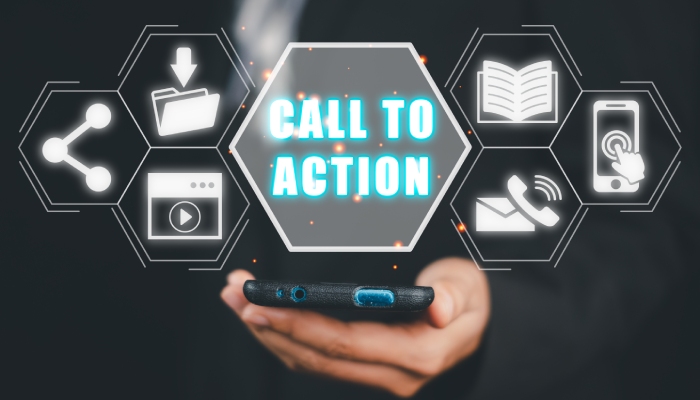
How to Handle No Responses and When to Stop Following Up
Understanding when to stop following up is as important as knowing how to follow up effectively. Sales email frequency guides, such as those found in the Sales Follow-up Guide by 52Challenges, suggest that persistence is valuable, but only up to a point before it turns counterproductive. Most research indicates that after four to six well-timed follow-up emails, continuing outreach may lead to diminishing returns and potential damage to your brand’s reputation.
Analyzing follow-up statistics can help sales teams identify the optimal follow-up number within their email sequence timing for different sales campaigns. If there’s no prospect reply after your final manual follow-up or automated follow-up, it is advisable to pause outreach or switch channels before attempting another cold outreach cycle.
Proper email etiquette involves respecting the prospect’s choice to disengage while keeping the door open for future interaction by occasionally sending valuable, non-intrusive updates or newsletters to maintain top-of-mind awareness without causing email spam complaints or annoying prospects.
Best Practices for A/B Testing Follow-Up Emails
A/B testing is a cornerstone of email campaign optimization, especially when refining follow-up emails. By testing variations in your email subject line, call to action, and the timing or frequency of follow-up touchpoints, sales teams can incrementally improve their email response rates and reduce email spam filtering risks.
Cathy from Pelican.io points out that rigorous email testing should also include tracking email interaction metrics such as open rates, click-through rates, and reply rates, not just deliverability. Using these insights, teams can fine-tune subject lines — for instance, testing urgency versus curiosity-driven openings — and personalize follow-up sequences more effectively. In platforms like Yesware, A/B testing is made simpler with built-in analytics dashboards, allowing immediate adjustments to the multichannel sales cadence based on real-time data.
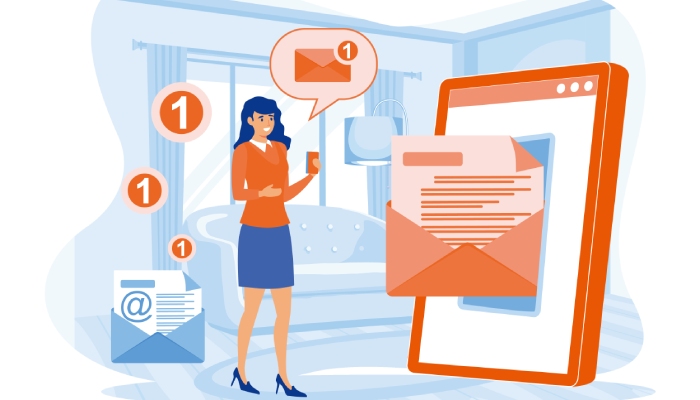
Managing Follow-Up Sequences with CRM and Automation Software
In today’s competitive outbound sales environment, managing detailed follow-up sequences manually is impractical and prone to inconsistency. CRM and automation tools such as Yesware, Woodpecker, and Pelican.io play a critical role by streamlining follow-up cadence planning and execution. These platforms offer automated follow-up templates, scheduling features, and tracking capabilities that ensure every lead generation campaign follows the ideal sales follow-up best practices.
Using automated follow-up tools integrated with your CRM enhances email persistence without crossing into the realm of email annoyance. By setting drip email sequences with programmed follow-up frequency and timing, sales teams can maintain consistent outreach while freeing up time to focus on higher-value activities like personalizing email content based on prospect engagement.
Moreover, automation supports compliance with email etiquette standards and helps avoid common email follow-up mistakes, such as sending excessive emails too quickly or neglecting to tailor messaging based on prospect’s previous email interactions.
Sophisticated algorithms within CRM systems can detect signals like non-responsiveness or explicit disinterest, prompting sales representatives to adjust their email campaign strategy accordingly, thereby improving overall reply rates and reducing opt-outs.
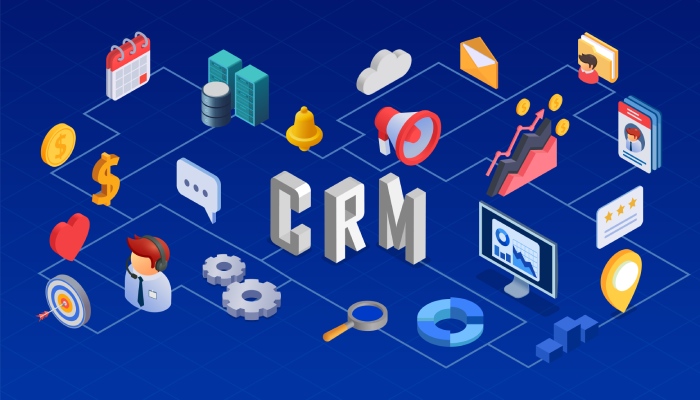
By implementing advanced AI tools, embracing multichannel follow-up approaches, incorporating compelling value propositions, understanding when to cease follow-up efforts, leveraging A/B testing best practices, and managing sequences via CRM and automation software, sales professionals can optimize their email outreach campaigns comprehensively.
These strategies collectively influence increased email deliverability, higher email response rates, and sustained prospect engagement essential for successful cold email prospecting and lead generation.
Compliance and Legal Considerations in 2025
In the rapidly evolving landscape of email outreach, adhering to compliance and legal standards remains paramount to ensure both email deliverability and the integrity of your sales follow-up efforts. Regulations such as GDPR (General Data Protection Regulation) in Europe and the CAN-SPAM Act in the United States set critical guidelines affecting cold email campaigns and follow-up frequency.
Under GDPR, sales prospects must explicitly consent to receive promotional messages, which makes personalized follow-up and cold outreach campaigns more challenging but necessary to follow-up best practices. Automated follow-up tools like Woodpecker provide features designed to maintain compliance by managing opt-outs and ensuring opt-in records are maintained.
Non-compliance can lead to penalties and increase the likelihood of your emails being flagged as spam, negatively impacting your email inbox placement. Similarly, CAN-SPAM requires clear identification of marketing emails, accurate subject lines, and an easy opt-out mechanism.
The law mandates that businesses avoid deceptive email messaging and maintain transparency. Sales teams leveraging platforms such as Pelican.io or Yesware should configure their automated follow-up cadence and email frequency in compliance with these regulations to minimize email annoyance and unnecessary email spam filtering.
Importantly, compliance also impacts email campaign optimization. Following legal guidelines ensures higher email engagement and reduces negative reactions from prospects, which in turn improves reply rates and the overall effectiveness of your follow-up strategy.
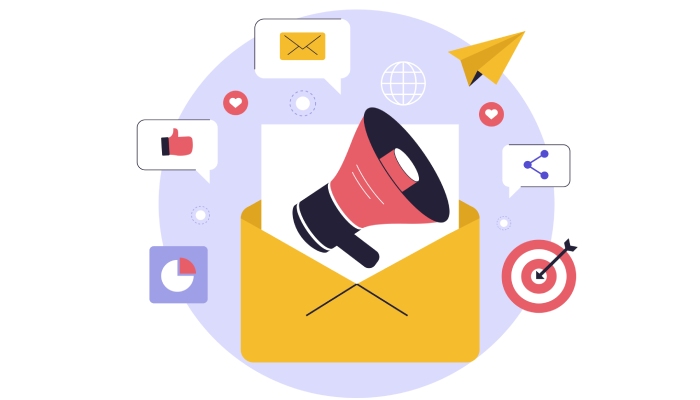
Examples of Effective Follow-Up Email Templates
Crafting an effective follow-up email sequence demands a delicate balance of personalization, value delivery, and concise messaging. Here are examples illustrating a combination of manual follow-up and automated follow-up emails that can be tailored for cold outreach or warm leads.
1. Initial Cold Outreach Opening Message:
Subject Line Example: “Quick question about [Prospect’s Company]’s [Relevant Problem]”
> Hi [Prospect Name],
> I noticed that [Prospect’s Company] recently [related event or change], and I wanted to see if you’re open to a quick conversation about how we help companies like yours solve [pain point]?
> Would you be open to a 15-minute chat this week?
> Best,
> [Your Name]
2. First Follow-Up Email (Automated or Manual):
Subject Line Example: “Just following up on my last email”
> Hi [Prospect Name],
> I’m touching base to see if you had a chance to review my previous message regarding [value proposition]. I’d love to share how we helped [similar company] increase [metric].
> Let me know if you’re interested!
> Best regards,
> [Your Name]
3. Second Follow-Up Email (Increased Email Persistence):
Subject Line Example: “Is this still relevant?”
> Hi [Prospect Name],
> I wanted to check in one last time to see if this might be relevant for your team. If timing isn’t right, I completely understand.
> Please feel free to reach out when you’re ready, or if you’d prefer, I can remove you from my outreach list.
> Thanks for your time,
> [Your Name]
Templates like these, when integrated into an email sequence with appropriate email timing and follow-up cadence, leverage personalized email approaches that boost prospect engagement and reply rates. Tools such as Nureply and Woodpecker enable A/B testing of subject lines and call-to-action phrasing to further optimize response rates.
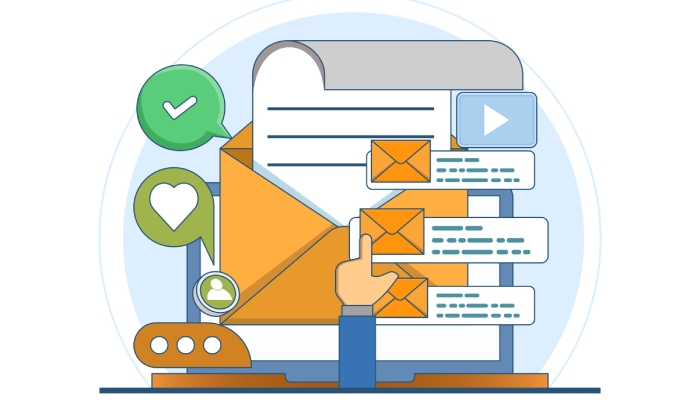
Measuring the Success of Your Follow-Up Campaigns
Evaluating your email outreach campaign’s effectiveness involves tracking multiple metrics beyond just the email response rate. The overall success hinges on intelligent email campaign optimization driven by robust data from email interaction.
Key Metrics to Monitor:
- Reply Rate: The percentage of prospects who respond to your follow-up email sequence. An increasing reply rate indicates effective email messaging and personalized follow-up approaches.
- Email Deliverability: Ensuring your emails land in the prospect’s primary inbox and not the spam or email promotions tab. This can be improved through hygiene of the outbound prospect list and avoiding cold email cliches.
- Email Engagement: Opens, clicks, and replies reflect prospect engagement levels and help refine email subject lines and call to action strategies.
- Follow-up Number and Frequency: Tracking how many follow-up touches yield the optimal reply rates without causing email annoyance or spam complaints.
- Conversion Rate: Ultimately, the rate at which a prospect reply converts into a meaningful sales opportunity or lead generation.
Leveraging analytics from tools like Yesware or Pelican.io enables granular email testing and A/B testing of variables such as follow-up frequency and subject line example to fine-tune your sales campaign. Monitoring follow-up statistics allows sales teams to map out a multichannel sales cadence that complements email outreach with phone or LinkedIn touches.
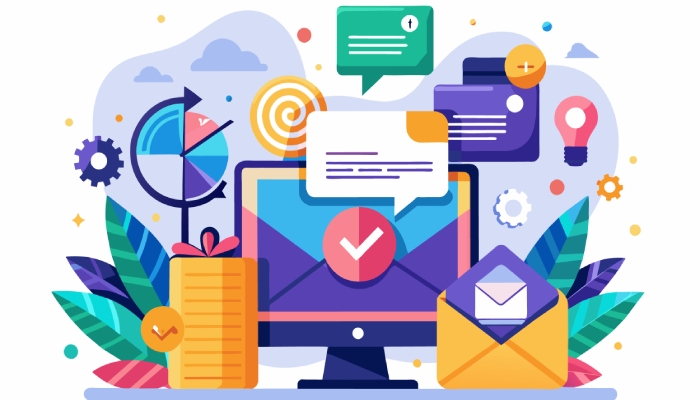
FAQs
What is the ideal follow-up frequency for cold email outreach?
The ideal follow-up frequency balances persistence and respect, often comprising 3-5 follow-up emails spaced about 3-5 business days apart. Resources like the Sales Email Frequency Guide recommend testing timing to find the best cadence for your audience without causing email annoyance or spam complaints.
How can I improve my email deliverability for a follow-up campaign?
Improving email deliverability involves maintaining a clean outbound prospect list, avoiding spammy language, personalizing emails, using validated domains, and adhering to compliance laws like GDPR and CAN-SPAM. Tools such as Woodpecker and Yesware offer features to monitor and enhance email inbox placement.
Are automated follow-up emails as effective as manual follow-ups?
Automated follow-up tools increase efficiency and ensure timely touchpoints, but manual follow-up customization adds a personalized touch that often results in higher email engagement and prospect replies. A hybrid approach often yields the best results.
What are some effective subject line examples for follow-up emails?
Subject lines like “Quick question about [Prospect’s Company],” “Just following up,” or “Is this still relevant?” are proven examples that prompt curiosity and increased open rates. Regular A/B testing of subject lines is crucial to identify the most effective options.
How do legal regulations like GDPR affect cold email outreach?
GDPR restricts unsolicited emailing by requiring explicit consent from recipients, meaning cold email prospecting must be carefully managed to avoid fines and ensure higher reply rates through ethical and compliant outreach strategies.

